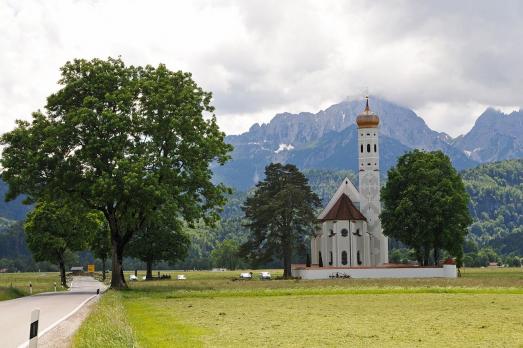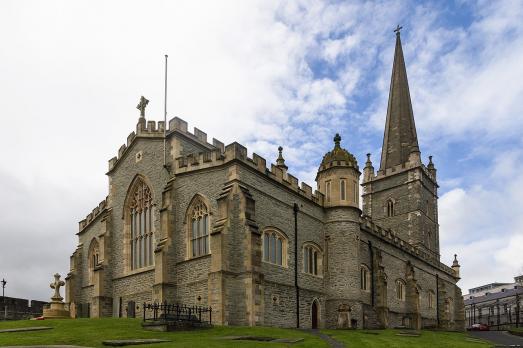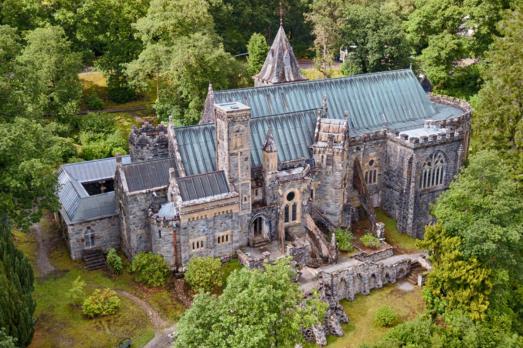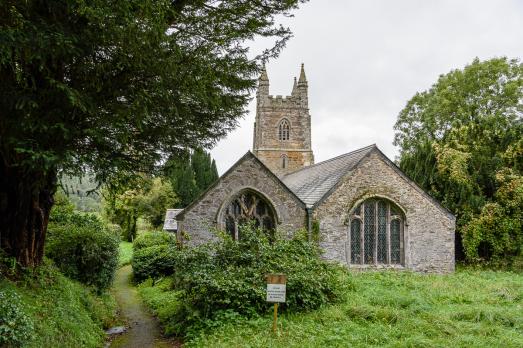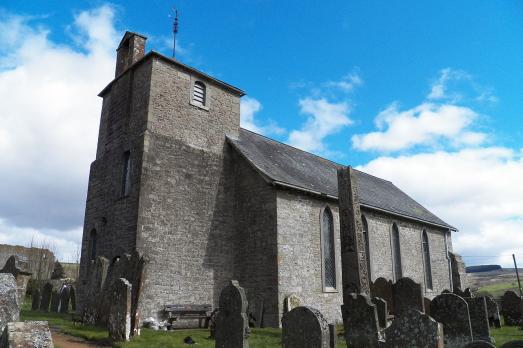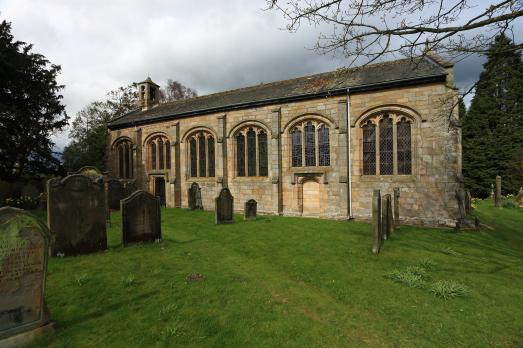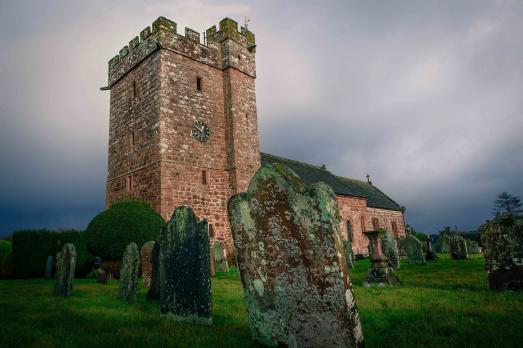
St Colman's Cathedral
Cobh, IE
St Colman's Cathedral is the Catholic cathedral of Cobh. It is a large, elaborate neo-Gothic building, built between 1868 and 1915. The spire of the cathedral is 81 metres high, making it the fourth highest church in Ireland.
